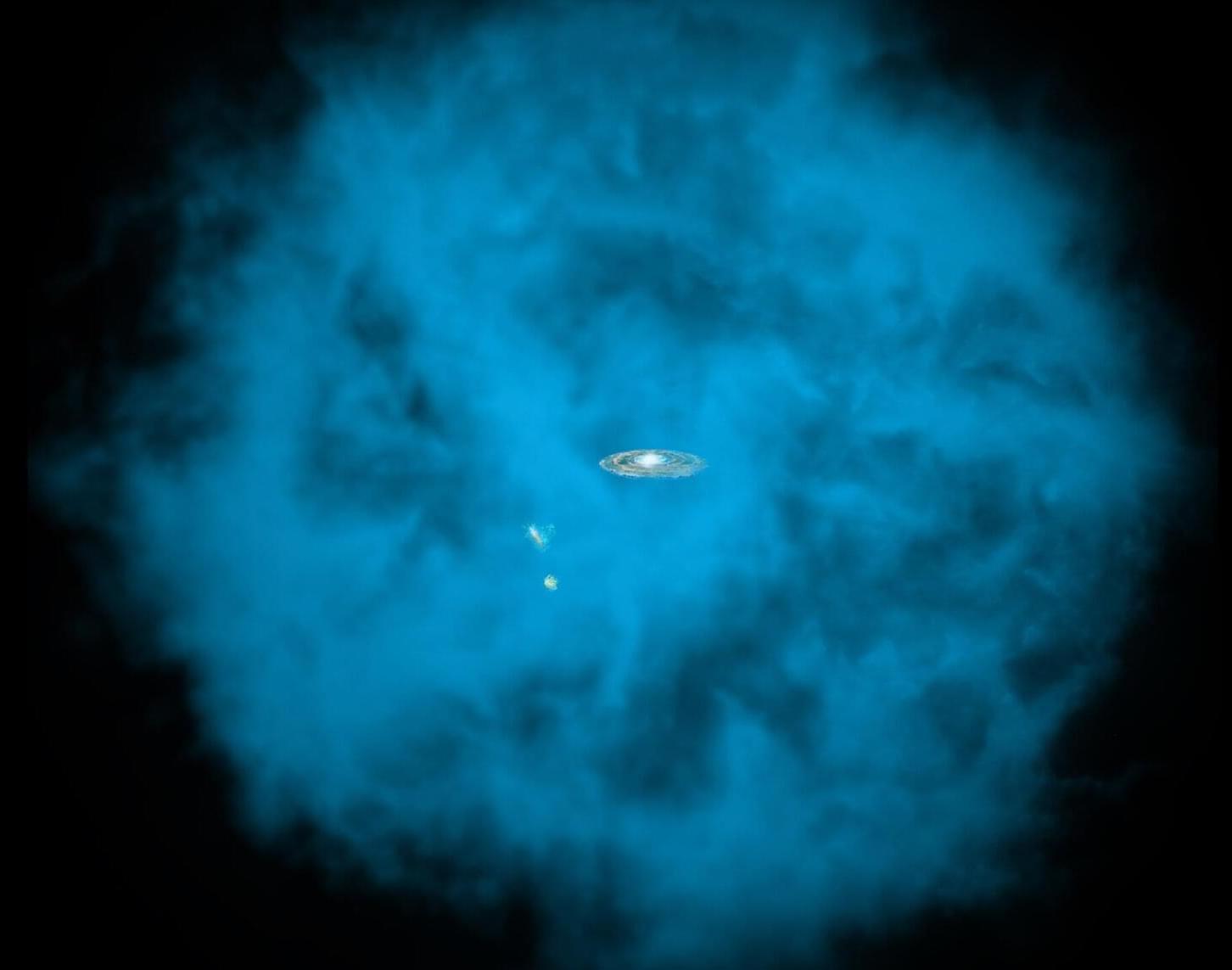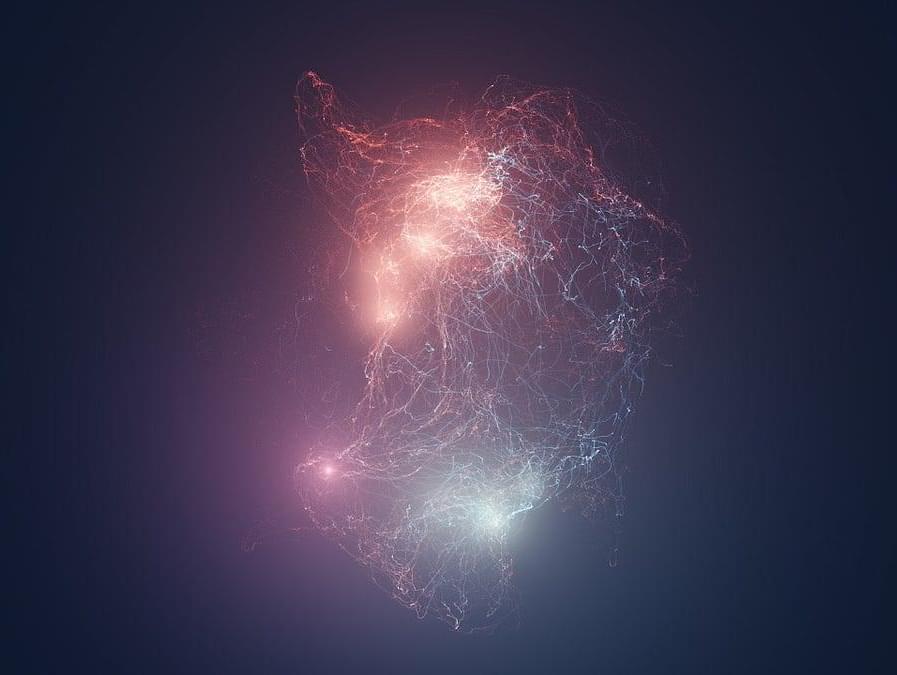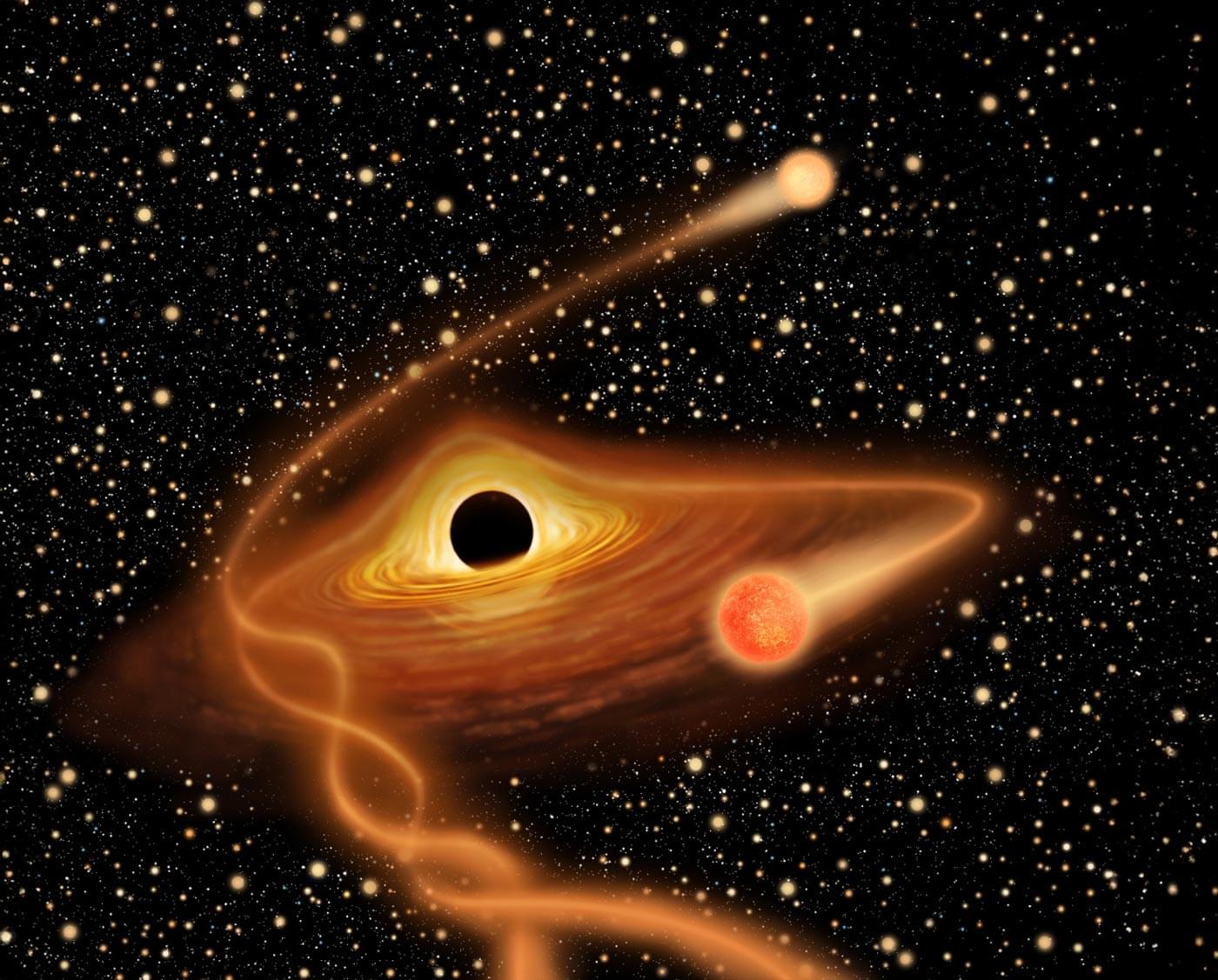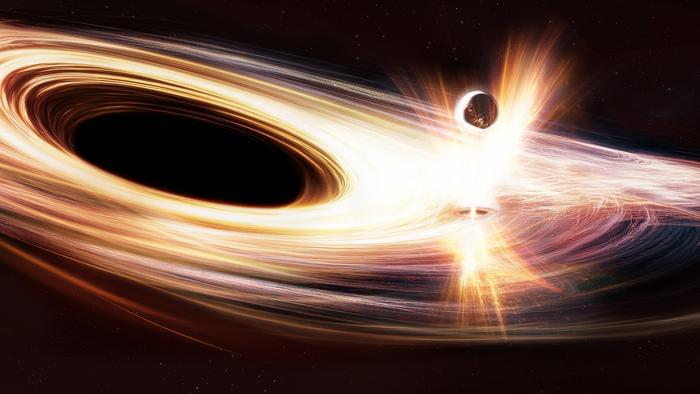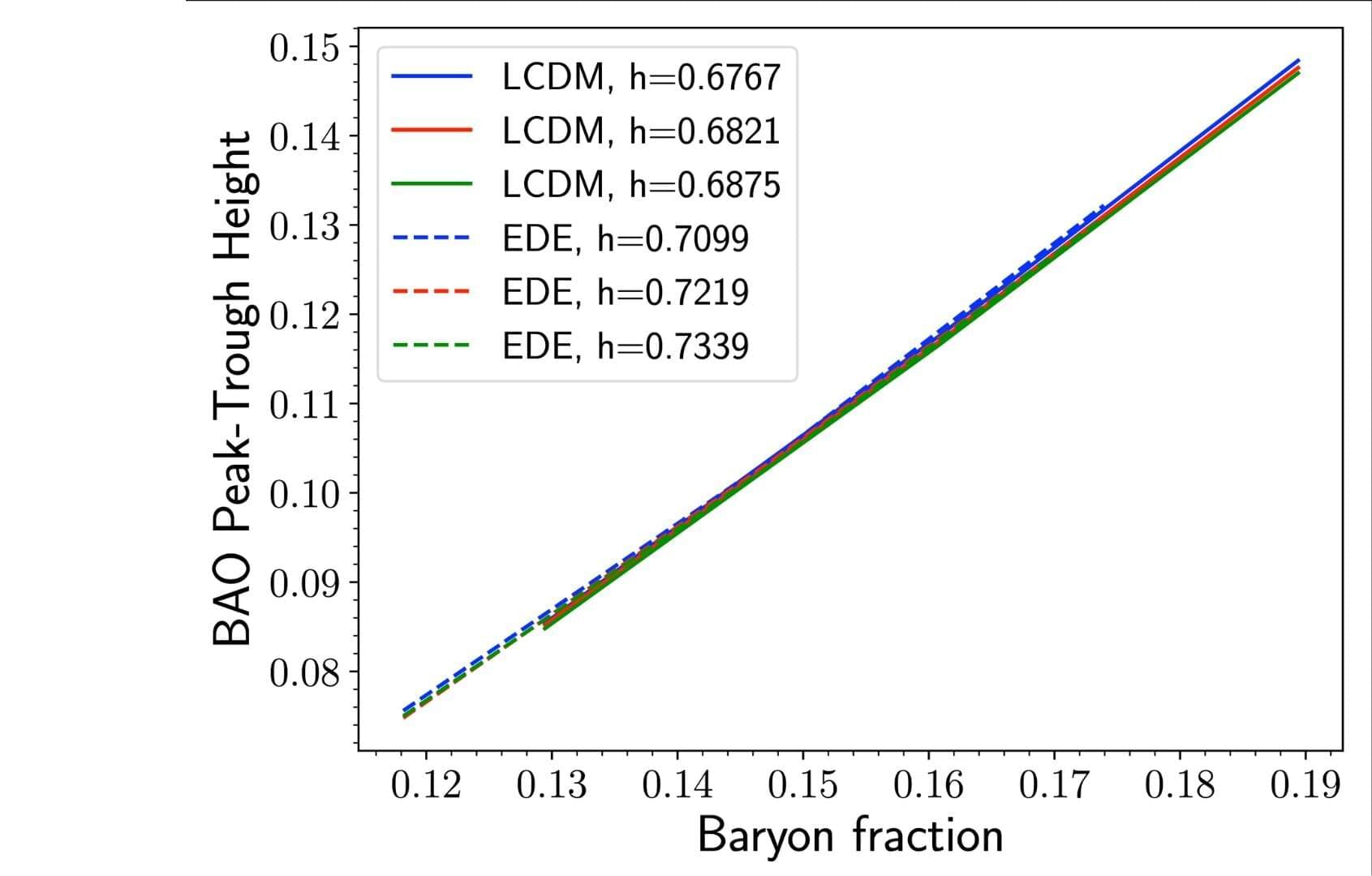Astronomers tallying up all the normal matter—stars, galaxies and gas—in the universe today have come up embarrassingly short of the total matter produced in the Big Bang 13.6 billion years ago. In fact, more than half of normal matter—half of the 15% of the universe’s matter that is not dark matter—cannot be accounted for in the glowing stars and gas we see.
New measurements, however, seem to have found this missing matter in the form of very diffuse and invisible ionized hydrogen gas, which forms a halo around galaxies and is more puffed out and extensive than astronomers thought.
The findings not only relieve a conflict between astronomical observations and the best, proven model of the evolution of the universe since the Big Bang, they also suggest that the massive black holes at the centers of galaxies are more active than previously thought, fountaining gas much farther from the galactic center than expected—about five times farther, the team found.
